
What is the most common food allergy in dogs?
Pet owners often scratch their heads when their dog starts itching nonstop or has recurring stomach issues—more often than not, a food allergy is to blame.
Blue eyes in Alaskan Malamutes aren’t unheard of, but they’re far from common. Unlike some breeds where blue eyes are a standard trait, Malamutes typically have brown eyes that range from light amber to deep chocolate. This difference comes from genetics—specifically, the genes that control pigmentation in the iris. Some Malamute puppies are born with blue eyes, but most will transition to their adult brown hue by the time they’re six months old. If a Malamute keeps blue eyes into adulthood, it’s often linked to a recessive gene, though it doesn’t affect the dog’s health or temperament.
Before getting a Malamute with blue eyes, check your local area’s dog laws. Many places in the US and Europe have breed-specific regulations, and while Malamutes aren’t usually restricted, some areas require extra steps like microchipping or liability insurance. For example, in parts of California, all dogs over four months must be microchipped, regardless of eye color. Skipping these steps can lead to fines or other legal issues, so it’s key to stay compliant.
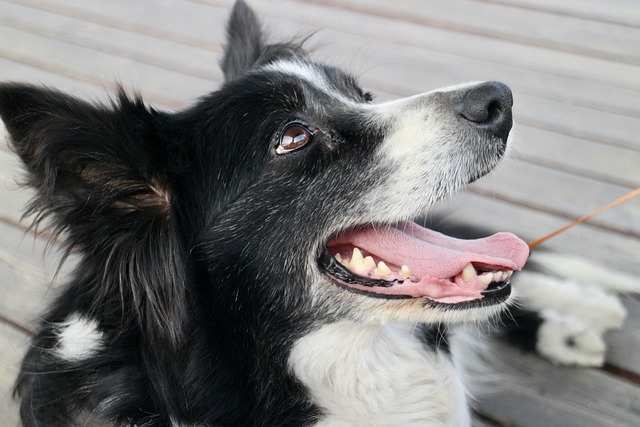 Daily life with a blue-eyed Malamute means adapting to their high energy levels. These dogs were bred to pull sleds, so they need at least an hour of exercise every day—long walks, hikes, or playtime in a fenced yard work well. Their thick double coat also requires regular brushing, especially during shedding seasons. Neglecting exercise or grooming can lead to behavioral problems like chewing or digging, which might frustrate neighbors and even violate local noise or property rules.
Daily life with a blue-eyed Malamute means adapting to their high energy levels. These dogs were bred to pull sleds, so they need at least an hour of exercise every day—long walks, hikes, or playtime in a fenced yard work well. Their thick double coat also requires regular brushing, especially during shedding seasons. Neglecting exercise or grooming can lead to behavioral problems like chewing or digging, which might frustrate neighbors and even violate local noise or property rules.
When choosing a blue-eyed Malamute, go for a reputable breeder. Avoid breeders who focus only on eye color, as this can lead to unethical practices like inbreeding. A good breeder will share health records, let you meet the puppy’s parents, and explain how they test for genetic issues. This not only ensures you get a healthy dog but also helps support responsible breeding, which is encouraged by many animal welfare laws across the US and Europe.
Remember, a Malamute’s eye color doesn’t change their need for love and proper care. Blue eyes might make them stand out at the dog park, but what matters most is providing a safe, active home. Whether you’re in a city apartment or a suburban house, make sure your space can handle their size and energy. Following local laws and prioritizing their well-being will help you build a happy, long-lasting bond with your blue-eyed companion.
Owning a blue-eyed Alaskan Malamute is a unique experience, but it comes with responsibilities. From understanding genetic traits to following local regulations, every step helps keep both you and your dog happy. With the right care and compliance, your blue-eyed Malamute will be a loyal friend for years to come, fitting right into your daily life while turning heads with their striking looks.

Pet owners often scratch their heads when their dog starts itching nonstop or has recurring stomach issues—more often than not, a food allergy is to blame.
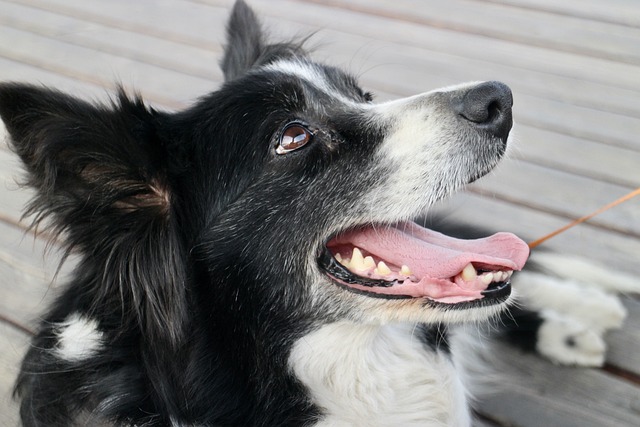
Blue eyes in Alaskan Malamutes aren’t unheard of, but they’re far from common. Unlike some breeds where blue eyes are a standard trait, Malamutes typically have brown eyes that range from light amber to deep chocolate.
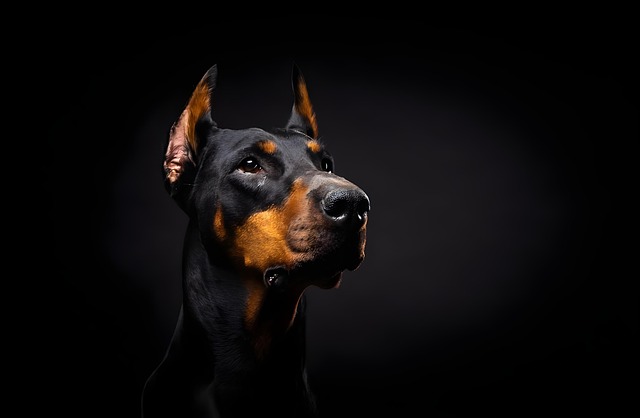
Many dog lovers considering a Doberman Pinscher often wonder about their shedding habits. The good news is this breed doesn’t shed excessively, but they aren’t non-shedding either.
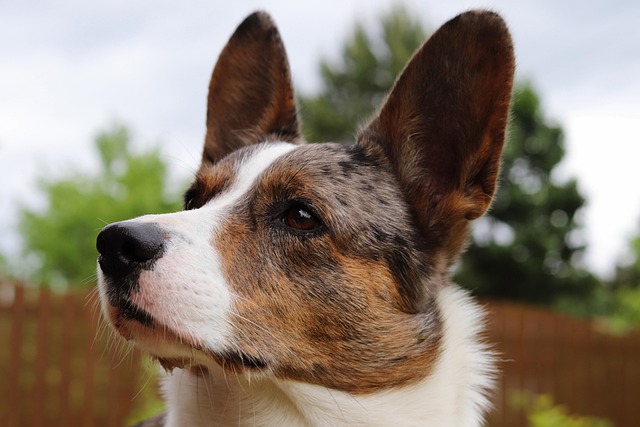
Many dog owners notice their pups scratching nonstop or developing red patches, only to later link it to something in their food bowl.
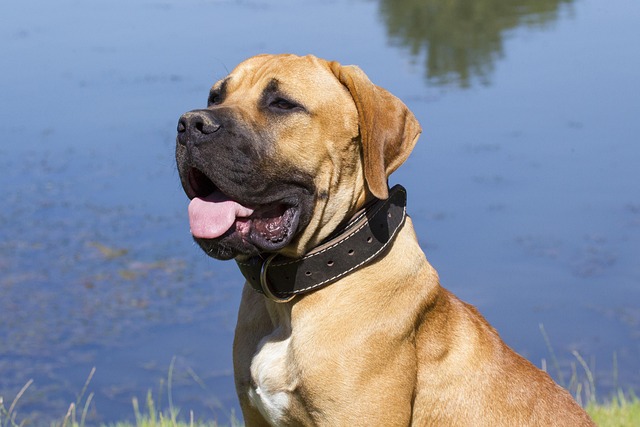
Watching your dog bound up the stairs or chase a frisbee in the park is one of the joys of pet parenthood. But as they age, those lively moments can fade if arthritis sets in—something many owners don’t think about until it’s too late.

I’ll open with a scenario every new U.S. dog parent recognizes: You’re ending a walk in Denver’s winter chill with your 8-month-old Golden Retriever